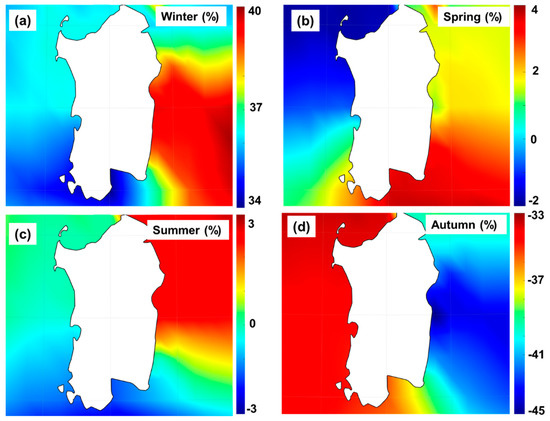

We see that band gaps open where two copies of the free-electron dispersion cross. In this figure, the orange curves represent the nearly-free electron dispersion, which differs from the free-electron dispersion (blue curves) because of the interaction with the lattice. The lattice potential results in a band structure that is periodic in k-space, with a period given by the period of the reciprocal lattice: # Use colors from the default color cycleĭefault_colors = _key() The logic is very similar to getting optical and acoustic phonon branches by changing atom masses (and thereby reducing the size of the Brillouin zone). Within the nearly free electron model we start from the dispersion relation of free electrons and analyze the effect of introducing a weak lattice potential. i.e., the Brillouin zone is infinite in k-space.
 the band structure is not periodic in k-space. The corresponding eigenfunctions | k ⟩ are plane waves with a real-space representation ψ ( r ) ∝ e i k ⋅ r. In the free electron model, the dispersion is E = ℏ 2 | k | 2 / 2 m. Perhaps surprisingly, we will find that the nearly-free electron model gives very similar results to the tight binding model: it also leads to the formation of energy bands, and these bands are separated by band gaps - regions in the band structure where there are no allowed energy states. This approach is opposite to that of the tight-binding model, where our starting point was that the electrons are strongly bound to the individual atoms and we included hopping to other atoms as a small effect. This model considers electrons as plane waves (as in the free electron model) that are weakly perturbed by the periodic potential associated with the atoms in a solid. In this lecture, we will analyze how electrons behave in solids using the nearly-free electron model. When orbitals hybridize we get LCAO or tight-binding band structures ( lecture 7). Electrons on isolated atoms live in discrete orbitals ( lecture 5). Free electrons are described by plane waves with a quadratic dispersion and form a Fermi sea ( lecture 4). Let's summarize what we learned about electrons so far: Recall that in a periodic potential, all electron states are Bloch waves. Formulate a general way of computing the electron band structure - the Bloch theorem. Describe what momentum states of particles in a crystal may couple through the periodic lattice potential. Derive the electron band structure when the interaction with the lattice is weak using the Nearly free electron model. the nearly free electron modelĪfter this lecture you should be able to: Repeated vs reduced vs extended Brillouin zoneĮxercise 3: the tight binding model vs. General description of a band structure in a crystal - Bloch theorem
the band structure is not periodic in k-space. The corresponding eigenfunctions | k ⟩ are plane waves with a real-space representation ψ ( r ) ∝ e i k ⋅ r. In the free electron model, the dispersion is E = ℏ 2 | k | 2 / 2 m. Perhaps surprisingly, we will find that the nearly-free electron model gives very similar results to the tight binding model: it also leads to the formation of energy bands, and these bands are separated by band gaps - regions in the band structure where there are no allowed energy states. This approach is opposite to that of the tight-binding model, where our starting point was that the electrons are strongly bound to the individual atoms and we included hopping to other atoms as a small effect. This model considers electrons as plane waves (as in the free electron model) that are weakly perturbed by the periodic potential associated with the atoms in a solid. In this lecture, we will analyze how electrons behave in solids using the nearly-free electron model. When orbitals hybridize we get LCAO or tight-binding band structures ( lecture 7). Electrons on isolated atoms live in discrete orbitals ( lecture 5). Free electrons are described by plane waves with a quadratic dispersion and form a Fermi sea ( lecture 4). Let's summarize what we learned about electrons so far: Recall that in a periodic potential, all electron states are Bloch waves. Formulate a general way of computing the electron band structure - the Bloch theorem. Describe what momentum states of particles in a crystal may couple through the periodic lattice potential. Derive the electron band structure when the interaction with the lattice is weak using the Nearly free electron model. the nearly free electron modelĪfter this lecture you should be able to: Repeated vs reduced vs extended Brillouin zoneĮxercise 3: the tight binding model vs. General description of a band structure in a crystal - Bloch theorem






 0 kommentar(er)
0 kommentar(er)
